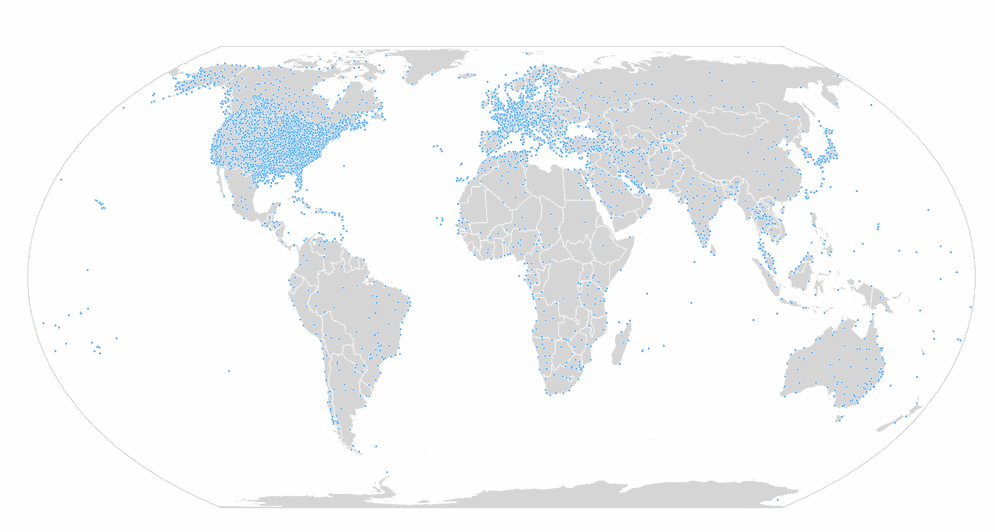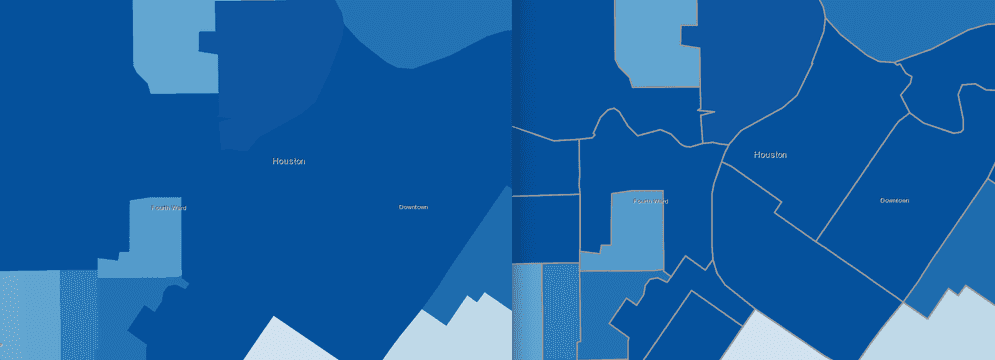1
2
3
4
5
6
7
8
9
10
11
12
13
14
15
16
17
18
19
20
21
22
23
24
25
26
27
28
29
30
31
32
33
34
35
36
37
38
39
40
41
42
43
44
45
46
47
48
49
50
51
52
53
54
55
56
57
58
59
60
61
62
63
64
65
66
67
68
69
70
71
72
73
74
75
76
77
78
79
80
81
82
83
84
85
86
87
88
89
90
91
92
93
94
95
96
97
98
99
100
101
102
103
104
105
106
107
108
109
110
111
112
113
114
115
116
117
118
119
120
121
122
123
124
125
126
127
128
129
130
131
132
133
134
135
136
137
138
139
140
141
142
143
144
145
146
147
148
149
150
151
152
153
154
155
156
157
158
159
160
161
162
163
164
165
166
167
168
169
170
171
172
173
174
175
176
177
178
179
180
181
182
183
184
185
186
187
188
189
190
191
192
193
194
195
196
197
198
199
200
201
202
203
204
205
206
207
208
209
210
211
212
213
214
215
216
217
218
219
220
221
222
223
224
225
226
227
228
229
230
231
232
233
234
235
236
237
238
239
240
241
242
243
244
245
246
247
248
249
250
251
252
253
254
255
256
257
258
259
260
261
262
263
264
265
266
267
268
269
270
271
272
273
274
275
276
277
278
279
280
281
282
283
284
285
286
287
288
289
290
291
292
293
294
295
296
297
298
299
300
301
302
303
304
305
306
307
308
309
310
311
312
313
314
315
316
317
318
319
320
321
322
323
324
325
326
327
328
329
<!DOCTYPE html>
<html>
<head>
<meta charset="utf-8" />
<meta name="viewport" content="initial-scale=1,maximum-scale=1,user-scalable=no" />
<title>Vary point sizes by scale</title>
<style>
html,
body,
#viewDiv {
height: 100%;
width: 100%;
margin: 0;
padding: 0;
}
#infoDiv {
background: white;
padding: 10px;
}
#codeDiv {
color: rgb(148, 4, 40);
overflow-y: auto;
/* overflow: scroll; */
max-height: 250px;
}
#scaleInfo {
background: white;
padding: 10px;
font-family: monospace;
}
</style>
<link rel="stylesheet" href="https://js.geoscene.cn/4.23/geoscene/themes/light/main.css" />
<script src="https://js.geoscene.cn/4.23/"></script>
<script>
require([
"geoscene/Map",
"geoscene/views/MapView",
"geoscene/layers/FeatureLayer",
"geoscene/renderers/SimpleRenderer",
"geoscene/widgets/Expand",
"geoscene/widgets/Home",
"geoscene/widgets/Bookmarks",
"geoscene/webmap/Bookmark"
], function(
Map,
MapView,
FeatureLayer,
SimpleRenderer,
Expand,
Home,
Bookmarks,
Bookmark
) {
const sizeVV = {
type: "size",
valueExpression: "$view.scale",
stops: [
{ size: 9, value: 1155581 },
{ size: 6, value: 9244648 },
{ size: 3, value: 73957190 },
{ size: 1.5, value: 591657527 }
]
};
const renderer = new SimpleRenderer({
symbol: {
type: "simple-marker",
color: "dodgerblue",
outline: {
color: [255, 255, 255, 0.7],
width: 0.5
},
size: "3px"
},
visualVariables: [ sizeVV ]
});
const layer = new FeatureLayer({
portalItem: {
id: "cb1886ff0a9d4156ba4d2fadd7e8a139"
},
renderer: renderer
});
const spatialReference = {
wkid: 54035
};
const baseLayer = new FeatureLayer({
portalItem: {
id: "2b93b06dc0dc4e809d3c8db5cb96ba69"
},
legendEnabled: false,
popupEnabled: false,
renderer: {
type: "simple",
symbol: {
type: "simple-fill",
color: [200, 200, 200, 0.75],
outline: {
color: "white",
width: 0.5
}
}
},
});
const map = new Map({
layers: [baseLayer, layer]
});
const view = new MapView({
container: "viewDiv",
map: map,
center: {
x: 0,
y: 0,
spatialReference
},
spatialReference,
scale: 200000000,
constraints: {
rotationEnabled: false
},
graphics: [
{
symbol: {
type: "simple-fill",
color: null,
outline: {
width: 1,
color: [200, 200, 200, 0.75]
}
},
geometry: {
type: "extent",
xmin: -180,
xmax: 180,
ymin: -90,
ymax: 90,
spatialReference: { wkid: 4326 }
}
}
]
});
view.when(toggleAutoSize);
view.ui.add(new Home({ view: view }), "top-left");
view.ui.add(new Expand({
view: view,
group: "top-left",
content: new Bookmarks({
view: view,
bookmarks: [
new Bookmark({
name: "Worldwide",
viewpoint: {
rotation: 0,
scale: 100000000,
targetGeometry: {
type: "extent",
spatialReference: {
wkid: 54035
},
xmin: -18825141.816950303,
ymin: -10953771.907543816,
xmax: 18825141.816950303,
ymax: 10953771.907543816
}
}
}),
new Bookmark({
name: "United Kingdom",
viewpoint: {
rotation: 0,
scale: 5928725.090579714,
targetGeometry: {
type: "extent",
spatialReference: {
wkid: 54035
},
xmin: -1441704.7573362407,
ymin: 5722452.8511557,
xmax: 790477.055141252,
ymax: 7021290.898050545
}
}
})
]
})
}), "top-left");
const scaleInfo = document.getElementById("scaleInfo");
const infoExpand = new Expand({
content: scaleInfo,
view: view,
group: "top-left"
});
view.ui.add(infoExpand, "top-left");
const infoDiv = document.getElementById("infoDiv");
view.ui.add(infoDiv, "top-right");
const toggleButton = document.getElementById("toggle-auto-size");
toggleButton.addEventListener("click", toggleAutoSize);
const codeElement = document.getElementById("codeDiv");
const viewScaleElement = document.getElementById("viewScale");
const sizeElement = document.getElementById("size");
let scaleWatchHandle;
function toggleAutoSize() {
let sizeOptimizationEnabled = false;
if (toggleButton.innerText === "Enable auto size by scale") {
toggleButton.innerText = "Disable auto size by scale";
sizeOptimizationEnabled = true;
} else {
toggleButton.innerText = "Enable auto size by scale";
clearInfoDisplay();
}
const renderer = layer.renderer.clone();
if(renderer.visualVariables && renderer.visualVariables.length>0){
renderer.symbol.size = getSizeFromScale(renderer.visualVariables[0], view.scale);
}
renderer.visualVariables = sizeOptimizationEnabled ? [sizeVV] : null;
layer.renderer = renderer;
if(renderer.visualVariables){
const scaleVVs = getScaleVariables(renderer.visualVariables);
const scaleVVsStringified = JSON.stringify(scaleVVs, null, 2);
codeElement.innerHTML = `<pre>${scaleVVsStringified}</pre>`;
displayScaleAndSizeValues(view.scale);
scaleWatchHandle = view.watch("scale", displayScaleAndSizeValues);
function displayScaleAndSizeValues(scale){
viewScaleElement.innerHTML = Math.round(scale);
const effectiveSize = getSizeFromScale(scaleVVs[0], scale);
sizeElement.innerHTML = effectiveSize.toPrecision(2);
}
}
}
function getScaleVariables(visualVariables){
return visualVariables.filter(function(vv){
return vv.valueExpression && vv.valueExpression === "$view.scale";
});
}
function clearInfoDisplay(){
sizeElement.innerHTML = null;
viewScaleElement.innerHTML = null;
codeElement.innerHTML = null;
scaleWatchHandle.remove();
scaleWatchHandle = null;
infoExpand.expanded = false;
}
function getSizeFromScale(sizeVV, scale){
const sizeStops = sizeVV.stops;
const stopsCount = sizeStops.length;
const finalIndex = stopsCount-1;
const scaleMin = sizeStops[0].value;
const scaleMax = sizeStops[finalIndex].value;
if(scale <= scaleMin){
return sizeStops[0].size;
}
if(scale >= scaleMax){
return sizeStops[finalIndex].size;
}
for (let i = 0; i <= finalIndex; i++){
const currentStop = sizeStops[i];
const nextStop = sizeStops[i+1];
if(scale >= currentStop.value && scale < nextStop.value){
const scaleRange = nextStop.value - currentStop.value;
const sizeRange = currentStop.size - nextStop.size;
const relativePosition = (scale - currentStop.value) / scaleRange;
const effectiveSize = currentStop.size - (sizeRange * relativePosition);
return effectiveSize;
}
}
}
});
</script>
</head>
<body>
<div id="viewDiv"></div>
<div id="infoDiv" class="geoscene-widget">
<button id="toggle-auto-size" class="geoscene-button">
Enable auto size by scale
</button>
</div>
<div id="scaleInfo">
<div id="scaleDiv">View scale: <span id="viewScale"></span></div>
<div id="sizeDiv">Icon size (pt): <span id="size"></span></div>
<div id="codeDiv"></div>
</div>
</body>
</html>










